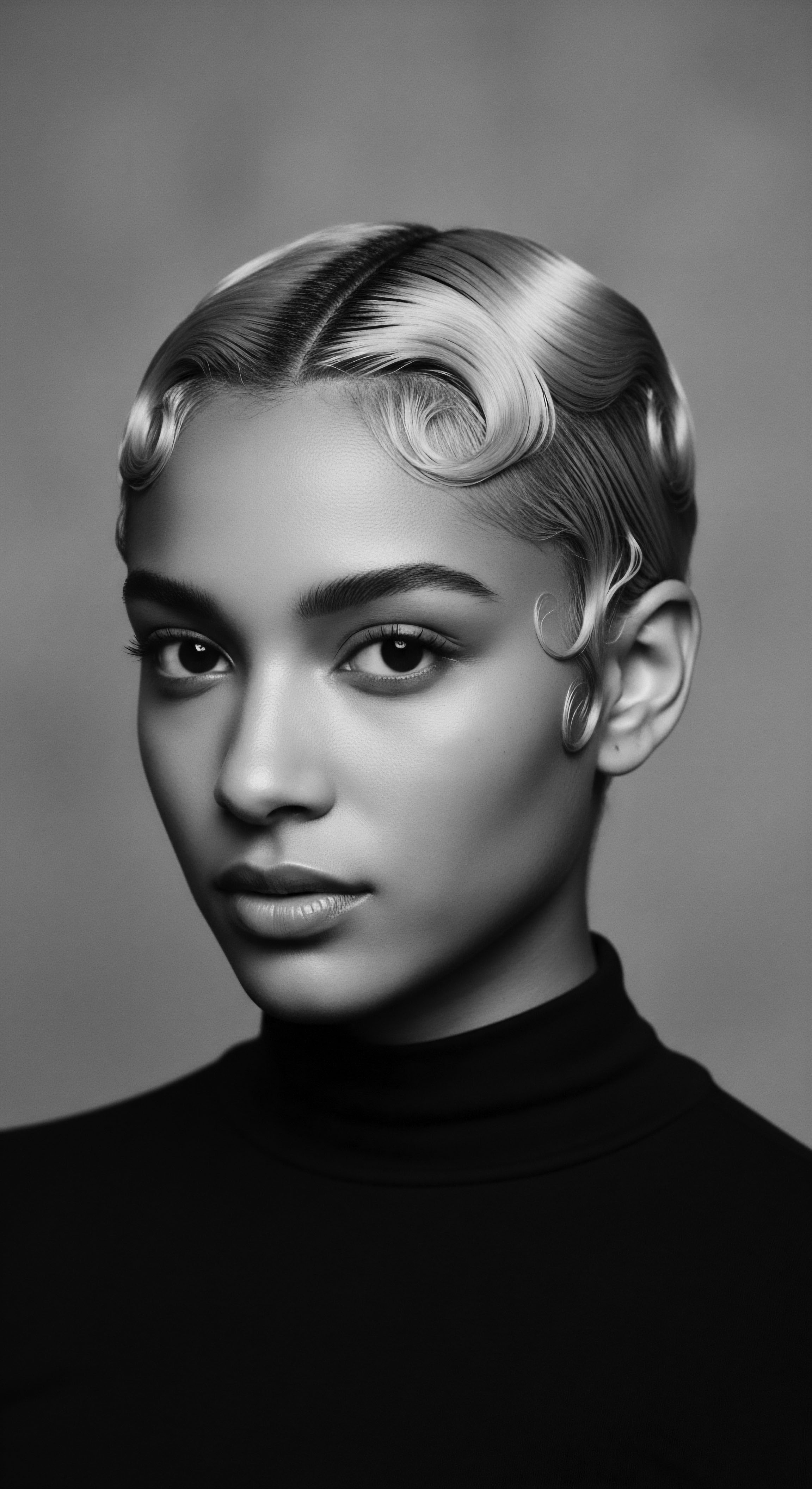
Roots
To truly grasp how the contours and coils of hair have long served as conduits of collective memory, we must first attune ourselves to the whisper of beginnings, to the very foundation of what it means to possess textured hair. It is not merely a biological attribute; it is a living document, a deeply personal archive of lineage and belonging, particularly for those whose roots stretch across the African diaspora. Each strand, in its unique undulation and tensile strength, echoes the rhythms of ancient lands and the resilience forged through generations. Understanding this fibrous architecture allows us to perceive hair practices not as fleeting trends, but as profound, enduring reflections of communal heritage.

How Does Textured Hair Speak of Ancestral Biology?
The inherent diversity of textured hair, from tight coils to gentle waves, carries within its very structure the indelible imprints of ancestral journeys. Human hair anatomy, while fundamentally similar across all people, exhibits specific variations in the elliptical shape of the follicle, the distribution of keratin, and the orientation of disulfide bonds within textured strands. These microscopic distinctions contribute to the hair’s characteristic curl pattern, its volume, and its sometimes perceived fragility.
Early human communities, without the benefit of scientific instruments, understood these qualities through observation and inherited wisdom. Their methods of care—from specialized oils to specific coiffures—were deeply informed by an intuitive comprehension of hair’s elemental biology and its interaction with varying climates and lifestyles.
Consider the very act of hair growth. Our hair cycles through phases—Anagen (growth), Catagen (transition), and Telogen (resting)—a biological rhythm that has remained constant across millennia. Historical communities, often living in close harmony with natural cycles, likely recognized these phases through the natural shedding and regrowth of hair.
This knowledge, passed down through oral tradition, would have shaped practices such as ritualistic hair cutting, post-partum hair care, or even the preparation of hair for rites of passage. The longevity of certain styles, particularly protective ones, directly honored the hair’s natural growth cycle, allowing strands to reach their fullest potential while safeguarding them from environmental stressors.
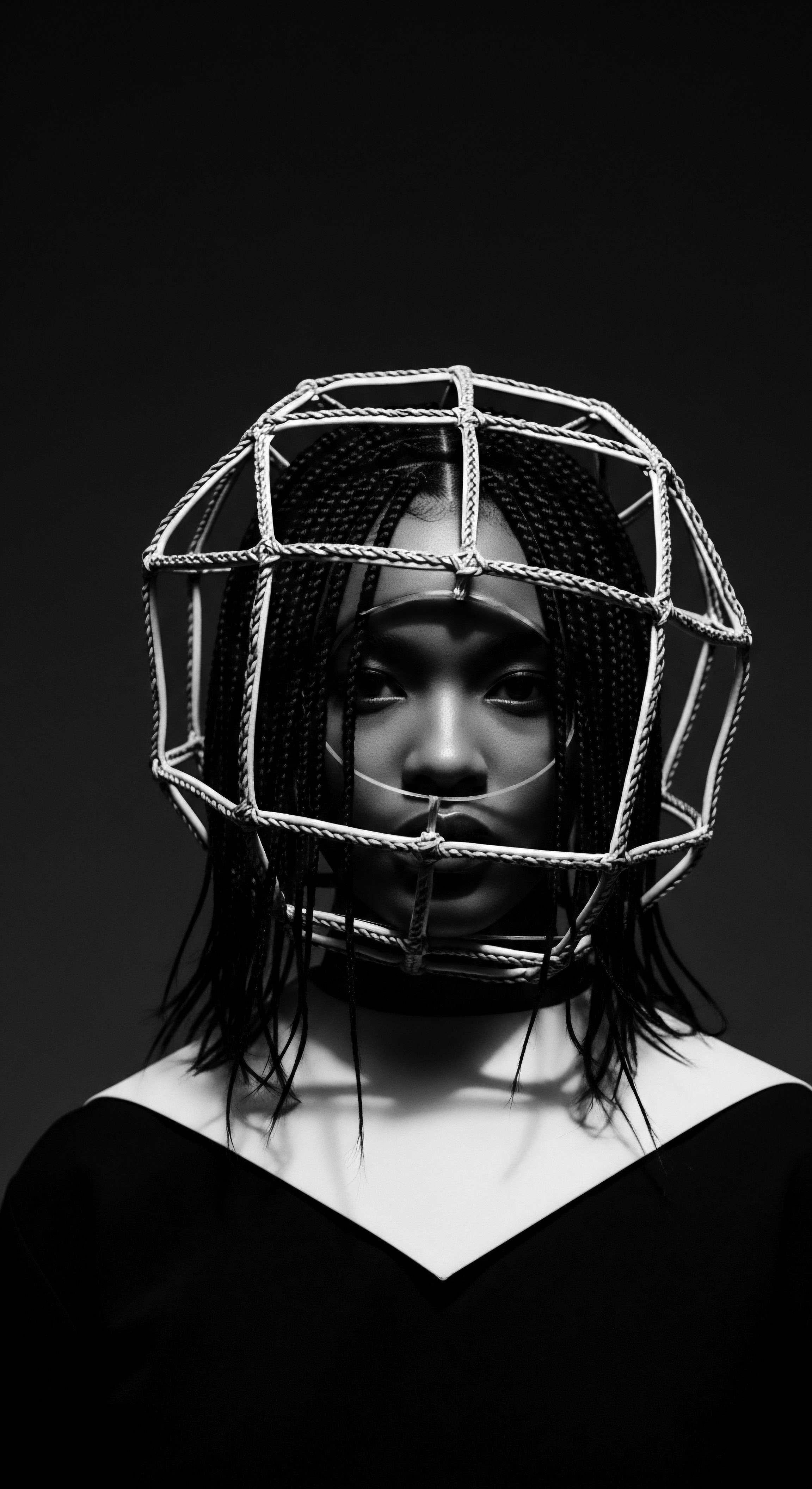
What Is the Traditional Lexicon of Textured Hair?
Before standardized classification systems, communities developed their own rich lexicons to describe and honor textured hair. These terms, steeped in local dialects and cultural nuances, often conveyed more than just a curl pattern. They spoke of history, identity, and shared experience.
While modern systems like the Andre Walker Type System (ranging from 1A straight to 4C coily) aim for universal application, they sometimes fall short in capturing the profound cultural context embedded within older descriptions. African societies, for example, used terms that might describe a style’s spiritual significance, a person’s social standing, or even their tribal affiliation.
Some historical terms associated with textured hair and its care include:
- Kolese ❉ A Yoruba word meaning “a creature without legs,” used to refer to cornrows before the colonial term became widespread. This term reflects the intricate, root-like appearance of the style on the scalp.
- Shuku ❉ A traditional Nigerian hairstyle, particularly of the Yoruba people, a braided crown that rises at the center of the head, often worn by women of high status.
- Dreadlocks ❉ While the contemporary term emerged later, matted or locked hair has ancient roots across various cultures, often associated with spiritual devotion, natural purity, or specific warrior traditions.
Hair, in its most elemental form, serves as an expressive medium, a living chronicle of ancestral biology and collective spirit.
The transition from culturally specific terms to more generalized or even derogatory colonial descriptions illustrates the historical struggle for autonomy over Black and mixed-race hair narratives. The act of reclaiming and celebrating ancestral vocabulary becomes a powerful affirmation of heritage, restoring the dignity and depth once obscured.
| Aspect of Hair Curl Pattern |
| Ancestral Understanding / Practice Signified tribal lineage, spiritual connection, often dictating appropriate styles for rituals. |
| Contemporary Link to Heritage A source of shared identity and pride, influencing product choices and styling methods that honor natural texture. |
| Aspect of Hair Hair Growth |
| Ancestral Understanding / Practice Recognized cyclical nature, influencing rituals for trimming or celebratory growth periods. |
| Contemporary Link to Heritage Informal shared knowledge within families about hair health and longevity, passed down through generations. |
| Aspect of Hair Texture Variation |
| Ancestral Understanding / Practice Understood as a natural spectrum, influencing community roles or beauty standards. |
| Contemporary Link to Heritage A basis for contemporary discussions on texturism and the ongoing work to validate all Black hair textures. |
| Aspect of Hair These enduring connections reveal how fundamental hair was, and remains, to the transmission of communal wisdom. |

Ritual
Stepping beyond the sheer physicality of the strand, we arrive at the intimate spaces where hands meet hair, where tools become extensions of intent, and where styling transcends mere aesthetics to become a powerful act of communal heritage. These are the rituals—the tender threads of care, the deliberate crafting of form, the transformations that speak volumes without a single word. Historical hair practices were never isolated acts of personal grooming; they were often deeply communal, carrying forward a lineage of knowledge, connection, and identity, particularly within Black and mixed-race experiences. Each braid, twist, or coiffure was, and continues to be, a living testament to ingenuity and resilience.

What Stories Do Protective Styles Tell?
Protective styles, with their capacity to safeguard the hair from environmental rigors and manipulation, possess a heritage stretching back millennia across African continents. These styles—such as Cornrows, Braids, and Twists—were not simply about preserving hair length; they were expressions of social status, marital availability, age, religious belief, and even a person’s tribal identity. The patterns themselves could convey specific meanings, a language understood within the community. For example, specific cornrow patterns in some West African societies could communicate a person’s family lineage or even a significant life event.
During the brutal era of the transatlantic slave trade, the practice of hair styling transformed into a silent, potent form of resistance and survival. Enslaved Africans, stripped of their material possessions and often forced to shave their heads upon arrival to disassociate them from their heritage, found in hair a secret means of communication. The intricate patterns of cornrows, in particular, served an extraordinary purpose. In Colombia, for instance, women braided escape routes into their hair, creating literal maps to freedom.
These patterns, known only to those within the trust network, were indistinguishable to their captors, concealing vital geographical information and escape paths within the very artistry of their coiffures. Seeds or even gold could be hidden within the braids, providing sustenance or resources for survival after escape. This deep historical example illustrates how an intimate act of hair care transmuted into a strategic tool for collective liberation, underscoring the profound, life-affirming connection between historical hair practices and communal heritage (Byrd & Tharps, 2014, p. 10).
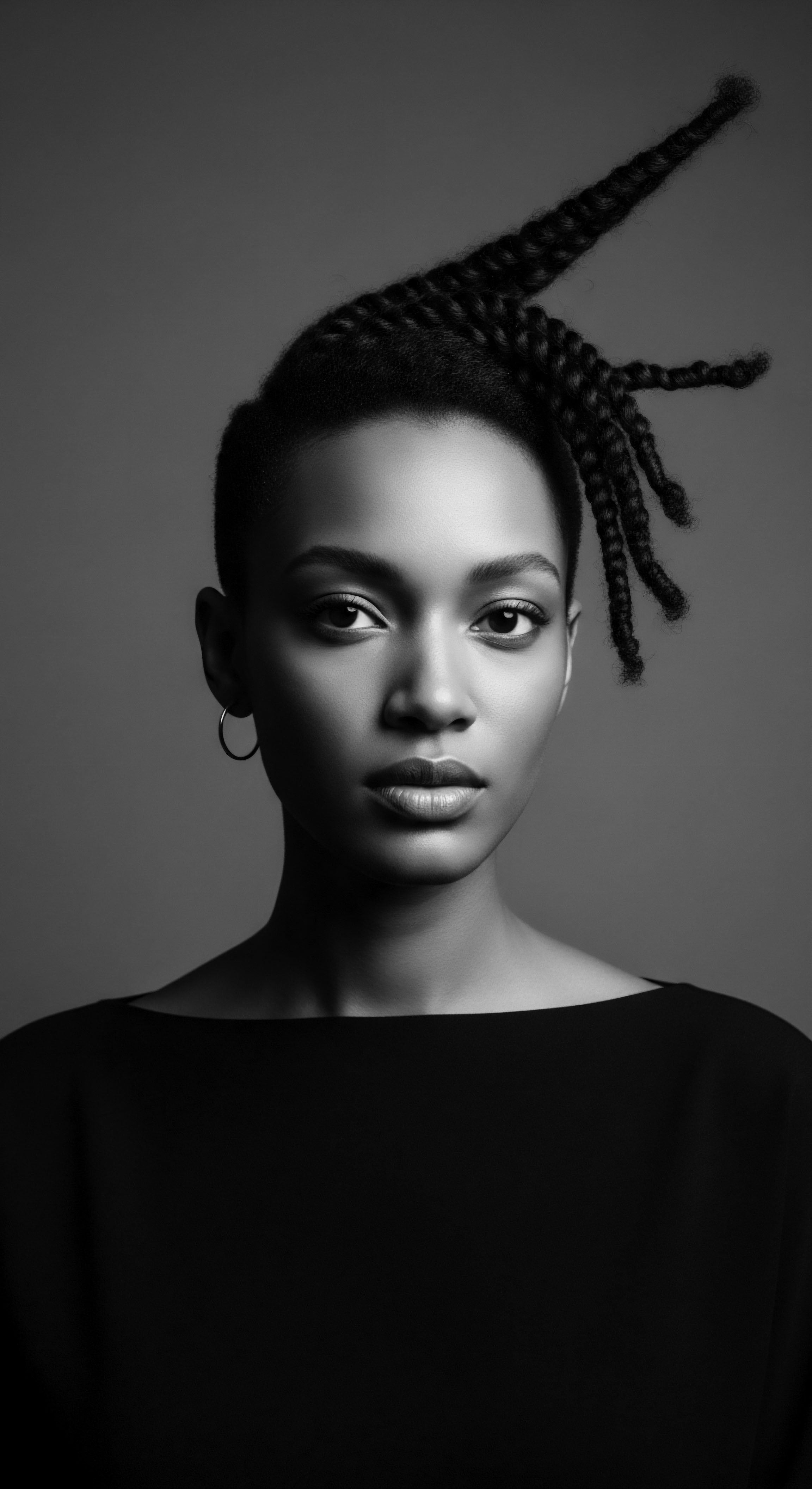
How Did Traditional Tools Echo Ancestral Ingenuity?
The tools employed in historical hair practices were often simple, yet brilliantly effective, crafted from materials readily available in the natural environment. These were not mass-produced implements but extensions of communal wisdom, each carrying the touch of human hands and generations of shared understanding. Combs carved from wood or bone, pins fashioned from thorns, or natural fibers used for extensions—all tell a story of resourcefulness and a deep respect for natural resources. The very act of shaping these tools would have been a skilled endeavor, passed down through families, further reinforcing the communal aspect of hair care.
Consider the significance of communal hair sessions, often taking hours or even days to complete intricate styles. These gatherings were more than just styling appointments; they were vital social occasions. Stories were exchanged, wisdom imparted, and bonds solidified.
The older generations passed down techniques, knowledge of herbs and oils, and the deeper meanings of each style to the younger ones, ensuring the continuity of cultural practices and the preservation of heritage. These sessions were, in essence, living classrooms and communal hearths where the tender thread of connection was spun between individuals and their collective past.
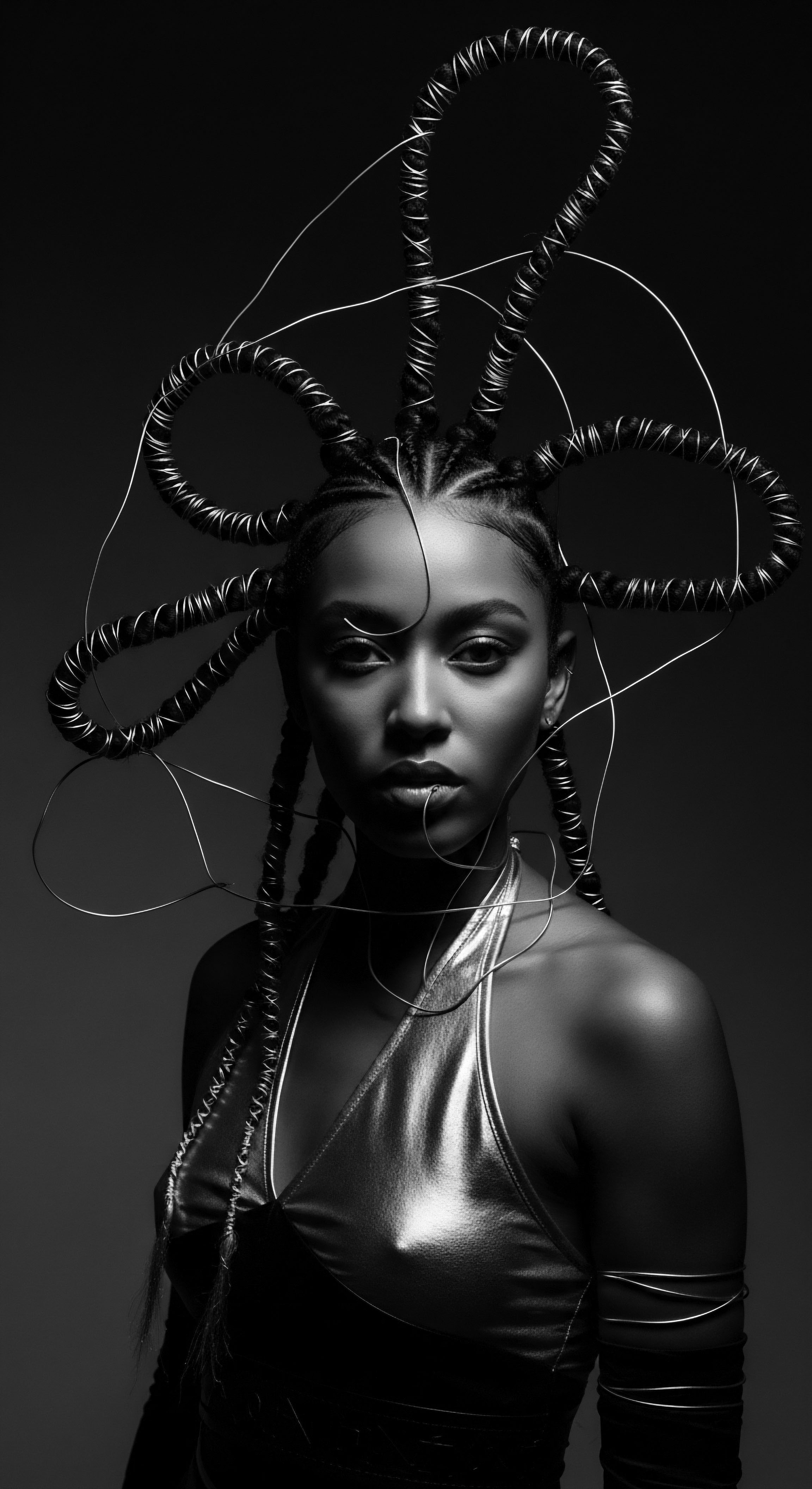
Relay
The enduring vitality of textured hair heritage lies not only in its ancestral roots and historical rituals but also in its ongoing relay through time, continuously shaping individual identity and community futures. This dynamic continuum sees ancient wisdom meeting contemporary understanding, proving that the helix of textured hair is unbound by the past, reaching forward while holding fast to its origins. It is in this ongoing conversation between what was and what is that we find the enduring power of historical hair practices to sculpt our present and inform our path ahead.
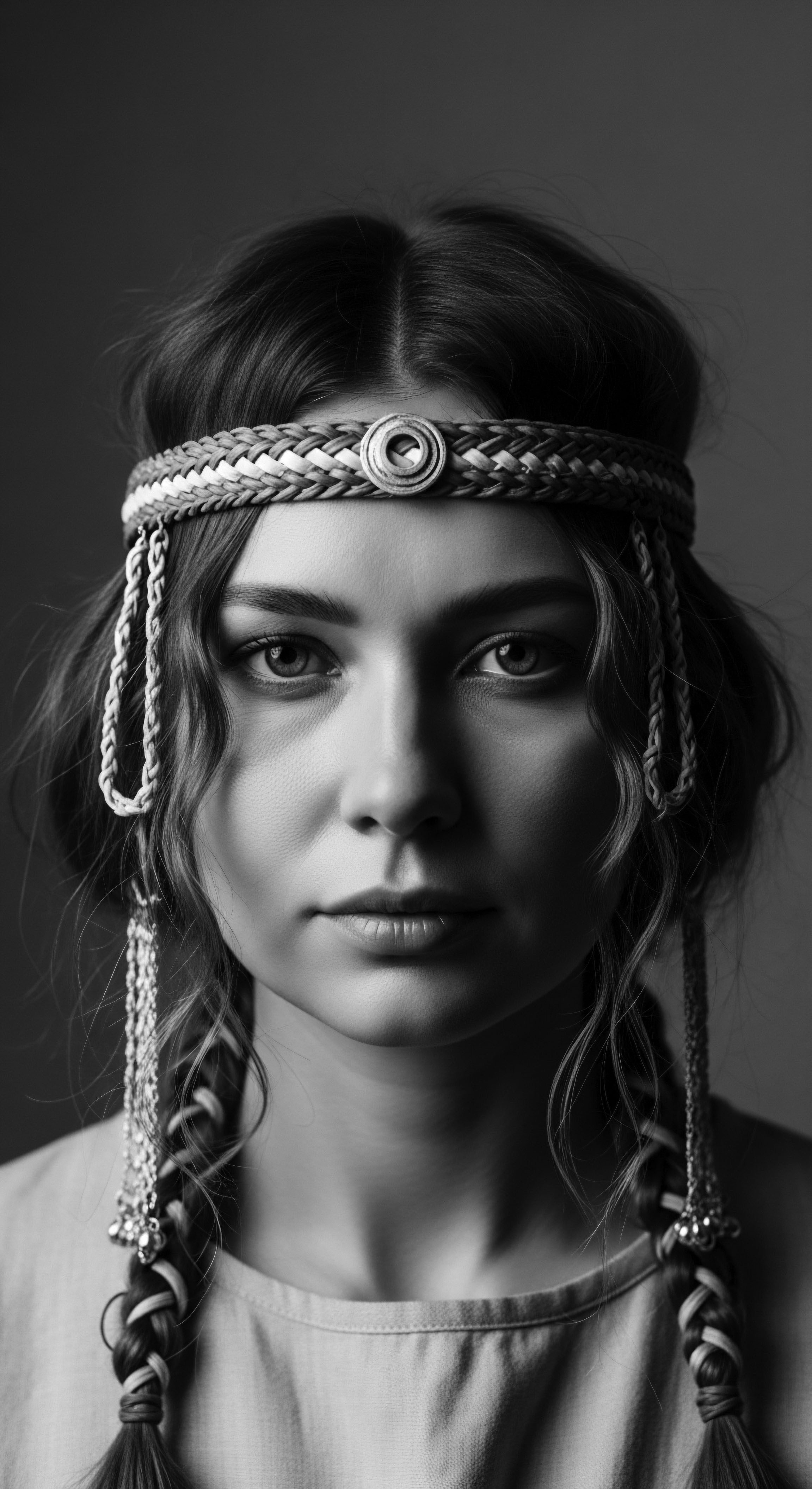
Do Ancestral Remedies Inform Modern Hair Wellness?
For centuries, the knowledge of plants, minerals, and natural elements was central to holistic wellness, including hair care, across African and diasporic communities. This ancestral wisdom, often passed through oral traditions, laid the groundwork for understanding the benefits of ingredients like Shea Butter for moisture, Argan Oil for shine and strength, or Aloe Vera for scalp soothing. These were not isolated remedies but integral parts of a larger system of wellbeing, where internal health and external vitality were seen as interconnected. The gentle application of these natural resources, often infused with communal prayers or intentions, spoke to a deep reverence for the body and its connection to the earth.
In contemporary hair wellness, we are witnessing a powerful return to these ancestral remedies. Modern science often validates the efficacy of traditional ingredients, providing a deeper understanding of their chemical compounds and mechanisms of action. For example, the emollient properties of shea butter, used for centuries to protect and soften skin and hair, are now understood through its rich composition of fatty acids and vitamins.
This confluence of ancient practice and modern science allows us to appreciate the intuitive genius of our forebears, who, through observation and inherited knowledge, discovered what nourishes and protects textured hair most effectively. This ongoing discovery allows for a richer appreciation of how our forebears cared for their strands, fostering a sense of continuous connection to their wisdom.
Hair care, beyond its functional aspects, represents a conduit for ancestral wisdom, bridging past practices with modern scientific understanding.
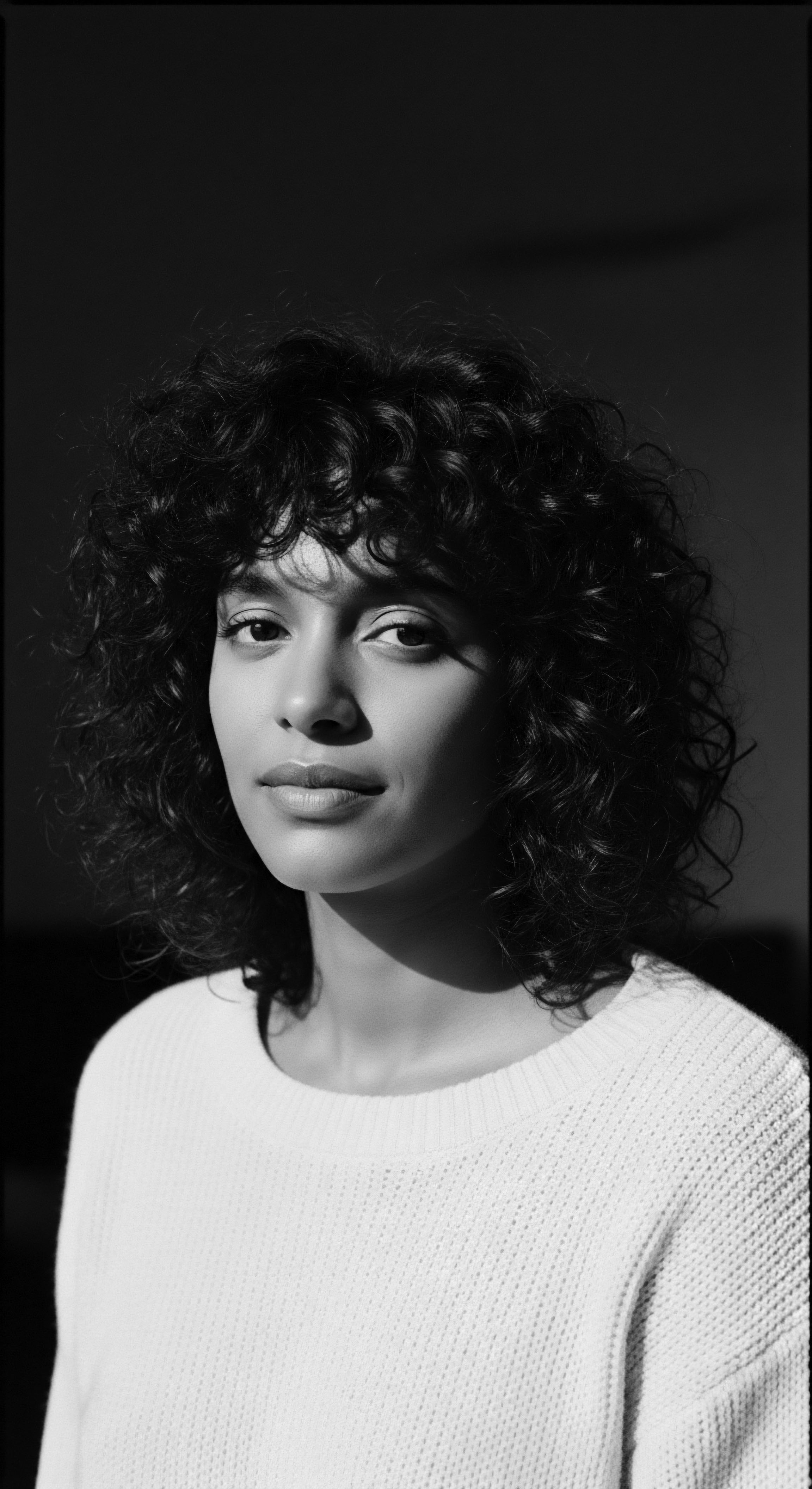
How Does Hair Continue to Signal Identity?
Hair, through its history, has always been a beacon of identity, a visual language conveying belonging, resistance, and self-determination. During periods of immense oppression, particularly within the transatlantic slave trade and its aftermath, the forced shaving of heads was a deliberate act of dehumanization, a stark attempt to sever identity and communal ties. Yet, resilience found expression even in subtle acts.
The strategic use of head coverings, or Tignons, in historical New Orleans, initially mandated to diminish the visibility of free women of color, were transformed into vibrant, ornate statements of defiance and cultural pride. This transformation highlights the enduring human spirit’s ability to reclaim symbols of oppression and infuse them with messages of sovereignty and heritage.
The Civil Rights Movement of the mid-20th century provided another powerful example of hair as a political statement. The embrace of the Afro hairstyle became a visible symbol of Black pride, self-acceptance, and a rejection of Eurocentric beauty standards. It was a declaration of identity, a physical manifestation of a cultural and political awakening.
This deliberate choice, a return to natural texture, signaled a collective affirmation of heritage and challenged prevailing societal norms that had long devalued textured hair. The choices made about hair, then as now, stand as potent acts of self-expression, resonating with the echoes of historical struggles and triumphs.
The journey from elemental biology, through the lived traditions of care, to its role in voicing identity and shaping futures reveals the complex, yet beautiful, legacy of textured hair. It stands as an unbound helix, continually growing, adapting, and recounting tales of collective memory.
- Historical Context ❉ From ancient African societies where hair signaled status and tribal belonging, to the American South where head coverings became acts of subtle defiance, hair practices have always carried layers of meaning.
- Community Ties ❉ Shared styling sessions fostered bonds, passed down knowledge, and preserved cultural continuity across generations, even in the face of forced displacement.
- Resistance and Reclaiming ❉ Hair has served as a silent map to freedom, a canvas for coded messages, and later, a bold statement of Black pride and self-acceptance in the face of systemic oppression.
- Holistic Wellbeing ❉ Traditional hair care, deeply rooted in ancestral wisdom, links hair health to overall physical and spiritual harmony, a concept increasingly valued in contemporary wellness.
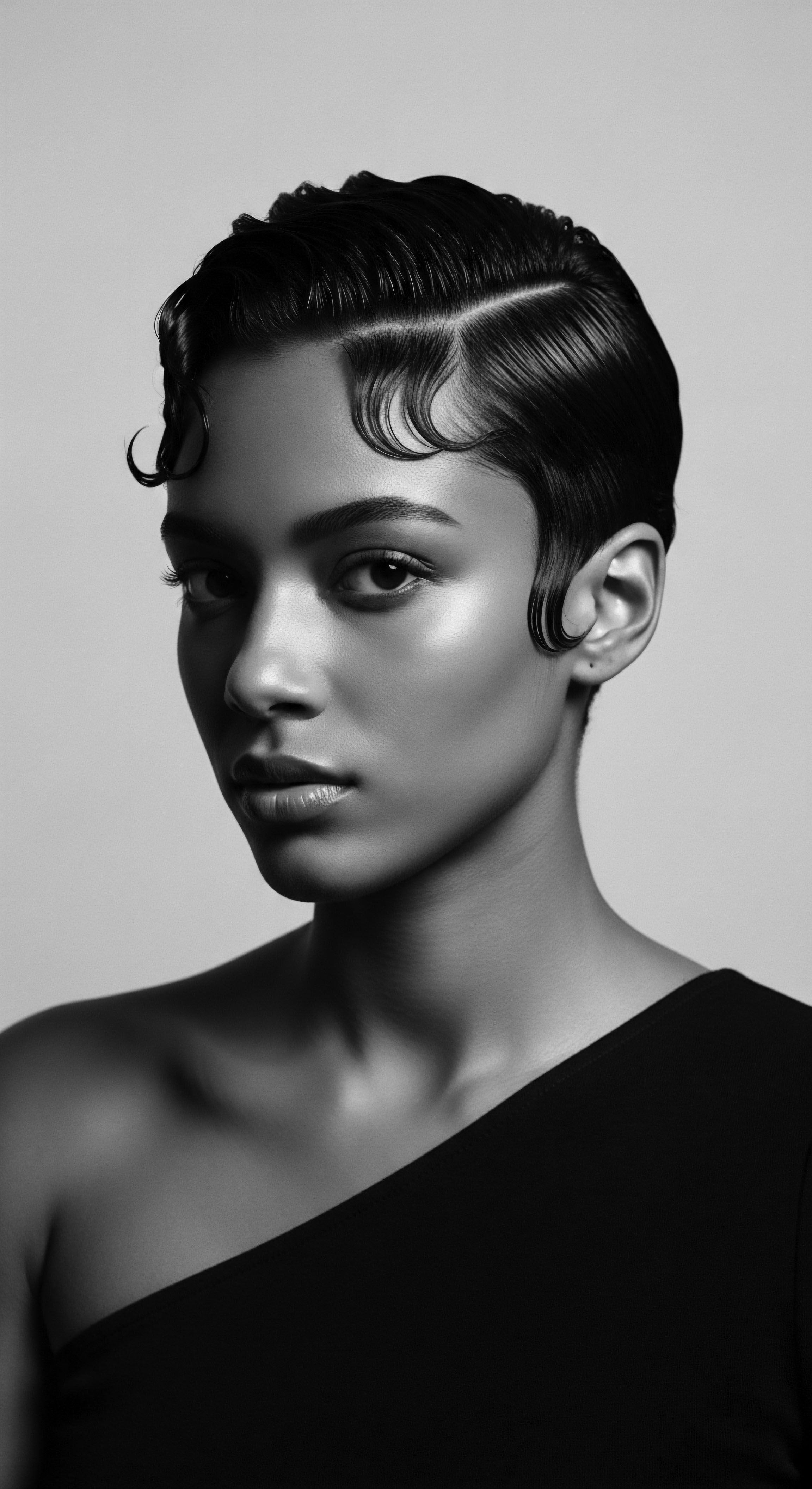
Reflection
In stepping back, after traversing the intricate landscapes of textured hair’s history, we perceive not just strands and styles, but the indelible spirit woven into every coil and curl. The journey through ancestral roots, communal rituals, and the powerful relay of identity reveals a profound truth ❉ historical hair practices were never merely about adornment. They were, and continue to be, a language of resilience, a testament to belonging, and a living archive of heritage for Black and mixed-race communities across the globe. Each deliberate twist, each gentle unbraiding, each application of ancient oils, is a conversation with the past, a grounding in the present, and a silent promise to the future.
This enduring connection, this “Soul of a Strand” ethos, reminds us that textured hair is not a singular entity, but a diverse, vibrant spectrum of human experience. It carries the wisdom of hands that braided maps to freedom, the strength of those who wore their heritage as a crown, and the quiet dignity of traditions preserved against unimaginable odds. In caring for textured hair, we do more than maintain its physical health; we honor a legacy, uphold a continuum of knowledge, and affirm a connection to a collective story that continues to unfold, rich with purpose and undeniable beauty.

References
- Byrd, Ayana D. & Tharps, Lori L. 2014. Hair Story ❉ Untangling the Roots of Black Hair in America. St. Martin’s Griffin.
- Fulham Palace. Hair.
- Odele Beauty. A History Lesson On Hair Braiding. 2024.
- Odele Beauty. 6 Things Everyone Should Know About Black Hair History. 2021.
- OkayAfrica. A Regional Walk Through The History of African Hair Braiding. 2023.
- Salford Students’ Union. The Remarkable History Behind Black Hairstyles. 2024.
- The Queen’s Journal. History, identity, and community ❉ The significance of Black hair. 2025.
- The Well. What Everyone Needs to Know About Black Hair History. 2022.
- Travel Noire. How Braids Were Used By Enslaved People To Escape In South America. 2021.
- UNESCO. San Basilio de Palenque. 2005.
- University of Salford Students’ Union. The Remarkable History Behind Black Hairstyles.
